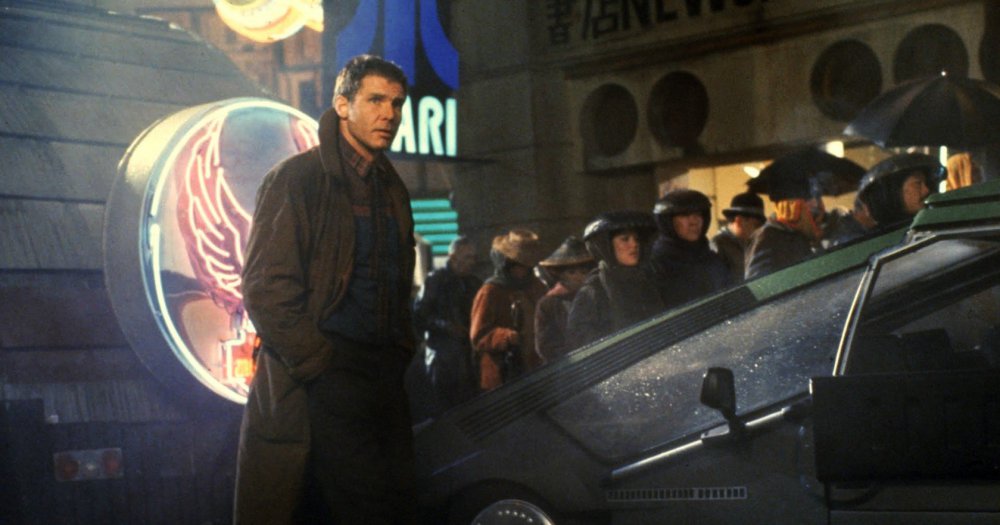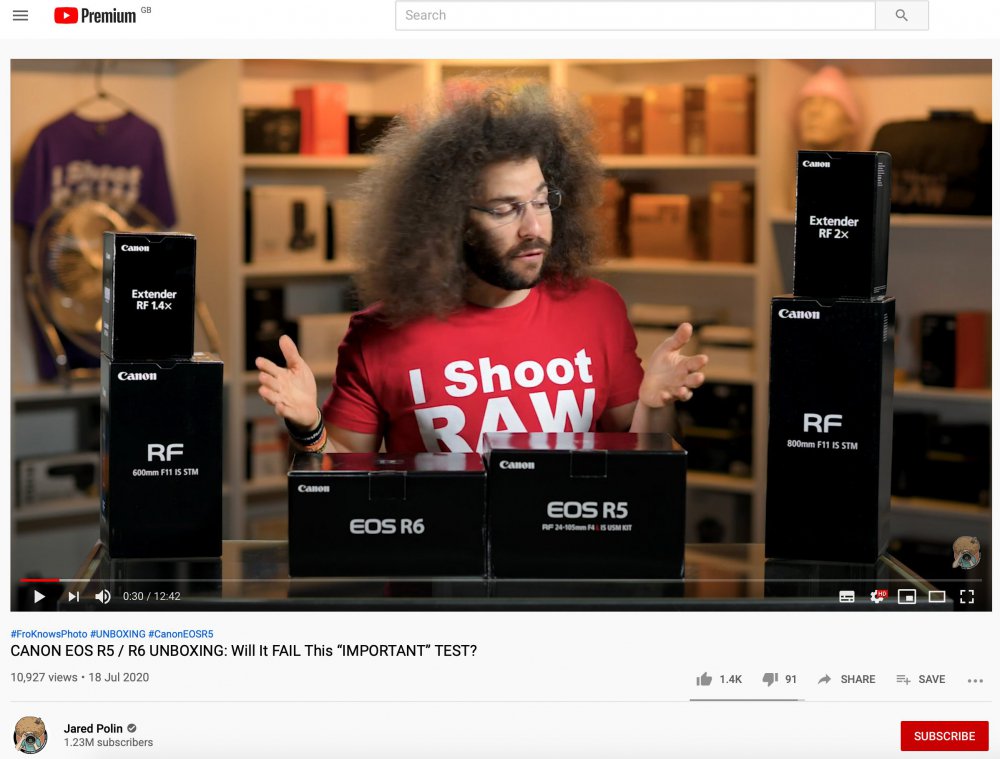-
Posts
15,510 -
Joined
-
Last visited
Content Type
Profiles
Forums
Articles
Everything posted by Andrew Reid
-

Blackmagic casually announces 12K URSA Mini Pro Camera
Andrew Reid replied to Andrew Reid's topic in Cameras
BS maybe. "In-sensor scaling" = pixel binning or oversampling...That is the question. Because binning, skipping, implies you are not sampling all the data, but with averaging and combining data from all photosites, the story is very different. I am curious how the 12K RAW stuff does not infringe on RED's patents BTW. Changing the CFA is enough? I doubt that. Well put. -
Getting away from the personal, and from individuals we don't know, we should be talking about the general phenomena instead. It's much more interesting. Since when did people become so infatuated with brand ambassadors instead of filmmakers. Peter McKinnon probably has more followers than Roger Deakins. When I criticise a popular YouTuber it's treated like blasphemy. We are living in a dystopia where Jesus is Kayne West, the Virgin Mary is Kim Kardashian and the religion is consumer goods. So just as the wider general public are enthral to these lifestyles, camera nerds are to Peter McKinnon's "filmmaking" 😂
-
It's only eye candy. Where is the meaning? Where's the culture? Where's the art?
-
-
-
He was rewarded. It's 2020 and the bad guys are winning.
-
$4k camera on a selfie stick. How 2020!
-
-
Got to hand it to the Canon marketing department. They are fast at putting out fires. An ability which in case of EOS R5 is useful in the literal sense as well!
-
I don't know. They are a bit too Florida for me. A bit Ken.
-
The most amazing thing about that is it only has 120 views. For a video with a topless model on the internet, that is a real surprise. It is proof of why Olympus couldn't sell enough cameras. They can't even promote tits on the internet.
-
And a complete lack of journalism too. Barney Britton. No backbone. Thinks he is a hotshot photographer "in" with all the CEOs because they use him as a marketing mouth. He is the archetypical Southern tweed wearing twat. Manchester guy would have had no nonsense replies, even if he had to deck him first.
-
He left Canon. Fired for the overheating situation.
-

Blackmagic casually announces 12K URSA Mini Pro Camera
Andrew Reid replied to Andrew Reid's topic in Cameras
Director: Is the tree also 12K? Or 4K? Client: I want the fucking tree in 16K Dp: Heard of a zoom? -
I suppose if medium format cameras are nessessary for some commercial stills work, then medium format resolution is in demand for some clients in video and in cinema. So there is demand for it. Very top end, very niche, but it is there. I just think Blackmagic could do more in the mirrorless 4K/6K camera market than they have done.
-
Talking about 98% of people here is an idea for Blackmagic. Full frame Pocket Cinema Pro 6K. Articulated screen. ND. New body design with power efficient processor. Did I mention articulated screen? Yes the Alexa is wasted on us! But 12K? Bring it on!
-
Stock footage for billboards in Times Square!
-
So I asked this guy!
-

Blackmagic casually announces 12K URSA Mini Pro Camera
Andrew Reid replied to Andrew Reid's topic in Cameras
I don't mind where they get the sensor from. I just think 6K full frame would have more use, creatively and be more in demand than a 12K S35 URSA -
Interesting. But why?
-

Blackmagic casually announces 12K URSA Mini Pro Camera
Andrew Reid replied to Andrew Reid's topic in Cameras
WHAT?! Sounds like a made up sensor invented by @androidlad I'll believe that when I see it 😉 -
In-sensor scaling. So pixel binning? Because if it is in-sensor, it can't be oversampling, unless the sensor has some alien tech we don't know about.
-
It is marketing shenanigans. A banner halo product to say "We make the best technology and have 12K, but Canon only has 8K". I don't think it exists because of demand or creativity, or doing what Pocket customers want.
-
Ok looks like I was wrong. I'll update the list 😆 The Leica CL and TL2 plus original Q still have no 24p, so very weird that the Q2 has it.
-

Blackmagic casually announces 12K URSA Mini Pro Camera
Andrew Reid replied to Andrew Reid's topic in Cameras
On the 5th day of the month that the dark side of the moon becomes visible for first time and Jupiter turns blue. Good question! What was wrong with a 6K full frame Sony!?








